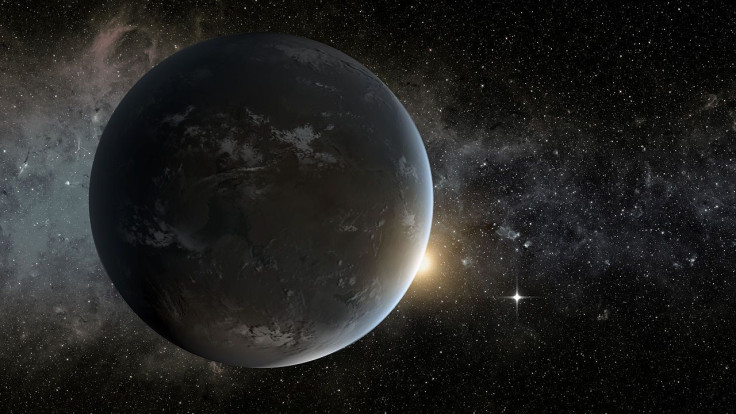Life On Alien Planets? Earth’s Mild Climate History Hints At Possibility

Earth’s evolution into the world we live in today took billions of years and has been widely speculated on. Some say the planet was more like an iceball at the beginning while others have posited the idea of an inhospitable world witnessing extremely hot times or periods during which temperatures went way beyond modern-day Earthlings could take.
The mystery still remains unsolved, but a new study presented by a group of researchers at University of Washington (UW) hints at a different, more moderate climatic history for our planet. According to the group, during the several billion years of emergence and evolution life, Earth might have had mild climatic conditions, with temperatures ranging just around 0 to 50 degrees Celsius. This could, as the researchers put it, also be the case with distant exoplanets which may host alien life.
“Ideas about the early Earth’s environment are all over the place, from a very hot world to one locked in a permanent ice age, from a world with acidic oceans to one with seawater so alkaline it would sting your eyes,” David Catling, a UW professor of Earth and space sciences, said in a statement. “These simulations show that our early world had about the same average temperature as today and a seawater pH within roughly one unit of neutral” or slightly acidic.
Catling and his team proposed this theory after conducting sophisticated calculations taking into account seafloor weathering or the impact of the interaction between rocks, oceans, and air temperatures over geological timescales. According to the group, as water passes through the cracks of rocks sitting on the floor, the seabed gets eroded which results in a series of chemical changes that regulate temperature and acidity of seawater and contribute towards moderate climate.
“Seafloor weathering was more important for regulating temperature of the early Earth because there was less continental landmass at that time, the Earth’s interior was even hotter, and the seafloor crust was spreading faster, so that was providing more crust to be weathered,” Joshua Krissansen-Totton, the first author of the study, said in a statement. They ran multiple simulations to see how a young Earth’s temperature and ocean pH might have changed under the impact of these factors and found mild temperatures as the answer.
The theory has major implications. Particularly, the idea of a young Earth with stable temperatures also hints at the possibility of finding life on distant alien worlds.
According to the researchers, if our planet managed to maintain mild climatic conditions for billions of years as life emerged, other exoplanets located in the so-called ‘habitable zone,’ or at the right distance from their host star, too could do the same. This, they said, would allow sufficient time for microscopic life forms to form and thrive.
“There’s nothing particularly remarkable about these processes,” Krissansen-Totton said. “They can occur on any rocky planet with oceans. So other planets that are in the habitable zone are likely to have their climates stabilized to moderate values by these weathering feedbacks. And that’s a good thing for the search for life, because you need moderate temperatures for billions of years to have a stable environment for life to evolve.”
The paper titled "Constraining the climate and ocean pH of the early Earth with a geological carbon cycle model" was published April 2, by the Proceedings of the National Academy of Sciences.
© Copyright IBTimes 2024. All rights reserved.



















